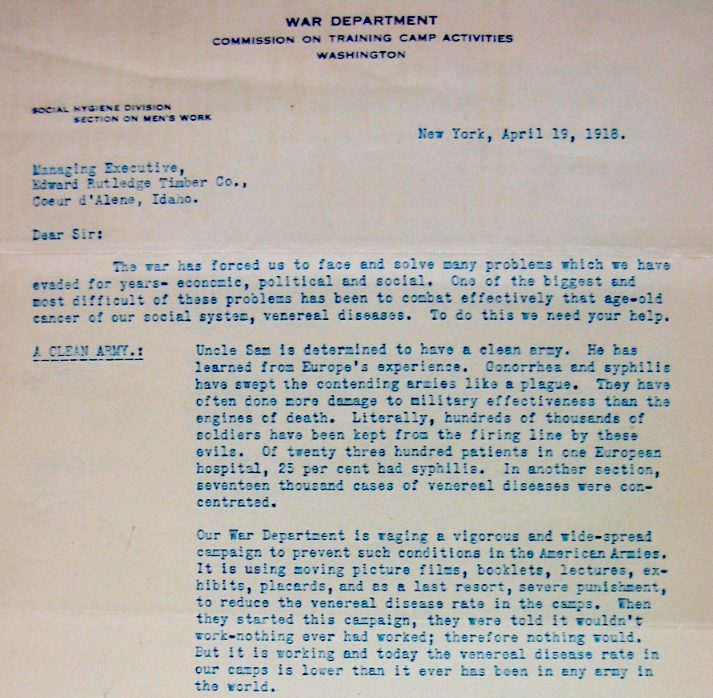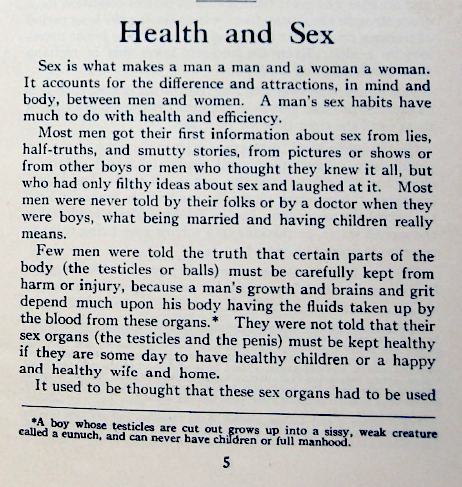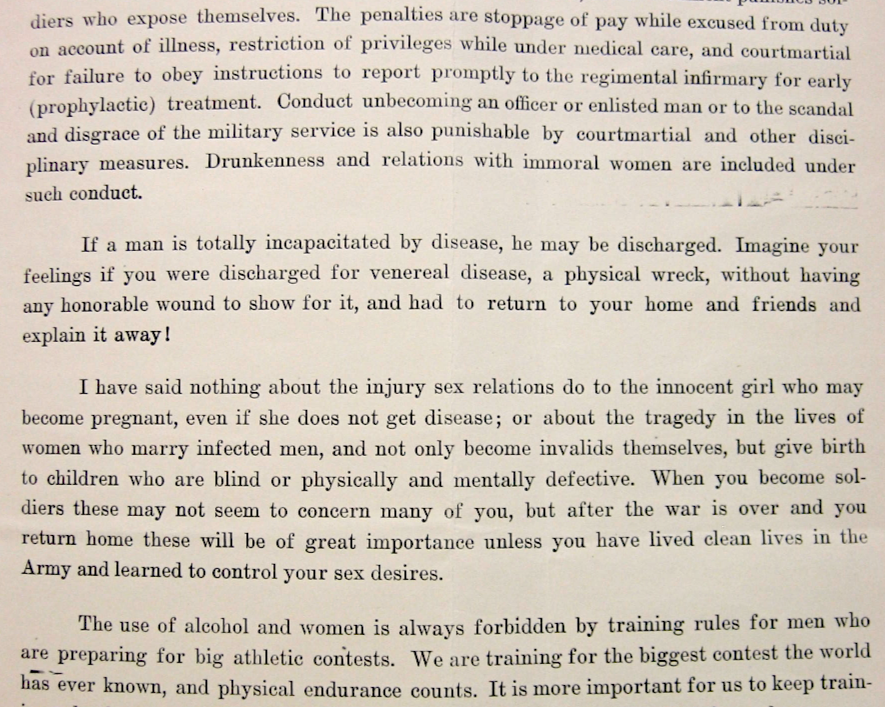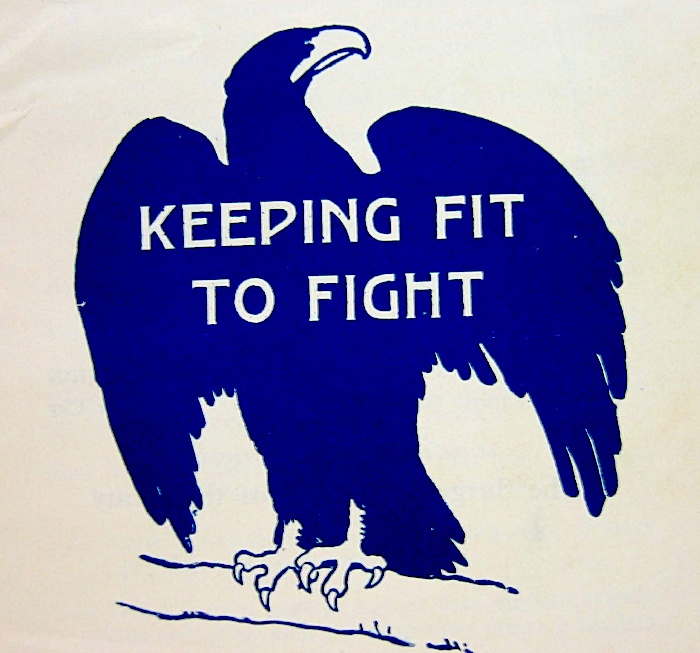Well, I took a hiatus from blog writing during April and May, mainly due to my professor responsibilities and work on related scholarly publications. One of these projects includes a twelve-minute movie that offers an overview of the history of sex work in Wallace from 1891-1991, complete with pictures and maps. If all goes according to plan, I’ll have physical copies available at the Wallace All-Class Reunion and Slippery Gulch next month!
Here in Wallace (where I’m hiding out in a cabin to write for the next two months), it’s the 74th annual Gyro Days, which one of those strange small town festivals when people ‘party at the drop of a ball.’ The Gyro club drops a big rainbow-colored beach ball into the river and floats it from Mullan to Wallace to raise money for scholarships. My young nieces have been looking forward to the carnival and games.
These past couple weeks, I’ve been going back through relevant primary and secondary sources and have updated my bibliography to reflect the range of research for the book project, so check that out. It needs to be updated further with a few more recent items, but I probably won’t update it again until this fall. Some of the material is not widely available’is there anything in particular that you would like to learn more about in subsequent posts?
Further reading from the updated bibliography: If you are interested in finding out more about the historic connection between sex work and mining cultures on the rocky mountain frontier, I recommend Mary Murphy’s social history of Butte, Montana and Paula Petrik’s community study of Helena, Montana. Those who are interested in reading a more sociological discussion should see Marion Goldman’s Gold Diggers and Silver Miners, a thorough overview of social dynamics and prostitution on the Comstock Lode in Virginia City, Nevada. If you’re looking for something a little less scholarly and more narrative, try Jan MacKell’s book, which offers stories about Colorado’s women and houses. And finally, Ruth Rosen’s Lost Sisterhood focuses on the Progressive Era reform period from 1900-1918.
Wallace’s houses obviously survived this reform period, but it was not immune to the threat of closure during World War I, which was when most restricted districts in the U.S. closed down. I’ve been going back through some of the primary source documents from this reform period and thought it might be worthwhile to share some of that information in the rest of this post….
As Americans prepared for WWI, everyone was expected to support the war effort: newspapers published articles encouraging people to buy bonds, conserve resources, and help keep morale high. The government singled out vice districts as a special part of the preparations. The War Department launched a massive campaign that they called a ‘war on prostitution.’

Working with Brown Manufacturing Company and the American Social Hygiene Association, the War Department distributed propaganda meant to educate potential soldiers about the risks of venereal disease. Some of these materials are available in the Potlatch Papers at the University of Idaho Library’s Special Collections and Archives. One pamphlet warns:
A venereal disease contracted after deliberate exposure through intercourse with a prostitute is as much of a disgrace as showing the white feather.
A soldier in the hospital with venereal disease is a slacker.
His medicine and care cost money that could be otherwise used to win the war.
He has lost the self-respect which is the backbone of every true soldier.
If you go with a prostitute, you endanger your country because you risk your health, and perhaps your life. You lessen the man-power of your company and throw extra burdens on your comrades. You are a moral shirker.
WOMEN WHO SOLICIT SOLDIERS FOR IMMORAL PURPOSES ARE USUALLY DISEASE SPREADERS AND FRIENDS OF THE ENEMY.
No matter how thirsty or hungry you were, you wouldn’t eat or drink anything that you knew in advance would weaken your vitality, poison your blood, cripple your limbs, rot your flesh, blind you, and destroy your brain. Then why take the same chance with a prostitute?
(Keeping Fit to Fight)
Federal authorities targeted restricted districts and the women within them by rallying employers and community members as the enforcers, calling upon everyone to do their part to ‘protect’ the soldiers and the ‘sisters, wives, and future mothers of the race we are fighting for’ (Fit to Fight pamphlet). ‘Loose women, on the other hand,’ were framed as morally degenerate and disease-ridden, and sometimes referred to as ‘feeble-minded.’

These materials discussed women as though they were pests on par with mosquitoes, spreading disease and contagion wherever they were found. As one government authority put it: ‘To drain a red-light district and destroy thereby a breeding place of syphilis and gonorrhea is as logical as it is to drain a swamp and destroy thereby a breeding place of malaria and yellow fever’ (quoted in Allan Brandt’s No Magic Bullet 72). This sort of language invoked old stereotypes of women’s bodies as mysterious and dank incubators capable of unleashing disease. The Fit to Fight pamphlet also included ‘educational’ information about sex:
The mere fact that famous boxers and wrestlers, explorers and athletes who want their bodies in perfect condition for a great struggle keep away from women during the long period of training proves that the use of the sex organs is not necessary to health. Even the ancients knew this in training their gladiators and athletes.
On the other hand, over-exercise or excitement of the sex glands may exhaust them, and weaken a man. (Footnoted here: ‘If this is done by a man himself it is called self-abuse or masturbation. It does not make a man insane, but it is so weakening both to the body and to the will-power that many boys and men worry themselves sick over the habit, when they might have cured themselves by athletics, fun, and their own self-respect and will-power. Most boys who masturbate quit the habit before lasting injury has been done. Going to a prostitute (whore) instead will not really break the habit and makes matters worse.’)
Many a champion boxer has found this out to his cost. And thinking about things which excite the sex feelings makes it hard to control the sex organs, just as thinking about food makes the mouth water, or thinking of a sorrow may bring tears to the eyes in spite of a man. (And another footnote here reads: ‘Booze makes it easy to lose control of the thoughts and get into trouble with loose women, and it makes the body more likely to catch their diseases. That is one reason why the government prohibits liquor to soldiers.’)
Even though much of this information is obviously wrong (“most boys who masturbate quit the habit,” haha), it was actually correcting Victorian Era misinformation about male sexuality. During the 19th century, it was commonly thought that if a man didn’t have sexual release, he would explode with lust or rage. This kind of thinking is also behind the rationale that prostitution was a ‘necessary evil’ required to protect young women from being raped.

The War Department’s propaganda repeatedly claimed that 70-90% of ‘professional prostitutes’ were infected with gonorrhea or syphilis ‘all the time.’ These materials add, ‘that kind of girl is likely to lie’ so the soldiers were instructed to ‘Just remember this’all loose women are dirty. Therefore, any man who joins his body with the body of a prostitute or loose girl runs the risk of catching one of these terrible diseases’ (Fit to Fight).
Another pamphlet, Your Job and Your Future, advises all men to prevent the spread of syphilis and gonorrheal ‘germs’ in the following way:
you’ve got to keep away from the kind of women who are willing to ‘give you a good time,’ whether they want money for it or not.
Don’t forget it: Keep away from prostitutes, whore, hookers, chippies and so-called ‘˜private snaps.’
The government provided ready-made speeches with notes for the speakers, which they delivered to industrial plants alongside the pamphlets, posters, and pay stub enclosures. Sometimes the War Department also sent people to present these lectures in person. Local historian and former Judge Richard Magnuson told me that in Wallace, by 1916 or 1917, someone from the military came to town and made a speech about how the houses were ruining the workforce. During an address at the Methodist church, a U.S. Army lieutenant pleaded with the citizens to understand that soldiers would be ‘useless if debilitated by venereal disease,’ citing ‘the fall of Rome as an example of what Wallace could expect if it let prostitution thrive in its midst’ (Hart and Nelson 138).

Despite the federal government’s rhetoric lamenting the houses’ negative influence, the reality is that sex work and the government’especially the military’have been interdependent throughout American history. And in Wallace, the economic symbiosis of the brothels and local government would ultimately increase as a result of this propaganda campaign. The obstacle to eradicating sex work was common logic during this time that countered the government’s rhetoric: if the restricted districts were shut down, the thinking went, prostitution would scatter throughout the community and as a result the problem would become worse. Or, as the late former mayor Moe Pellissier told me in an interview last summer, ‘If you shut down the upstairs, it just moves to the bars and the streets. You can regulate venereal diseases if you regulate prostitution.’
The town chose to “license” sex work by charging the houses operation fees and so the War Department’s war against prostitution ultimately ended up strengthening the connection to local government because ‘the community felt better leaving that particular element in that particular place rather than having it be pervasive all over’ (Amonson). So it was during this time that we first see doctor’s visits and regulation by public health officials (Wallace City Council Minutes, September 1917). While it is true that syphilis was a serious public health problem during this pre-penicillin era, the health exams also improved the image of prostitution in Wallace, which was needed to effectively counter the federal government’s arguments. Madams and Wallace citizens would continue to emphasize cleanliness and regulation in both discursive and ritualized practice from this time onward.

Leave a Reply